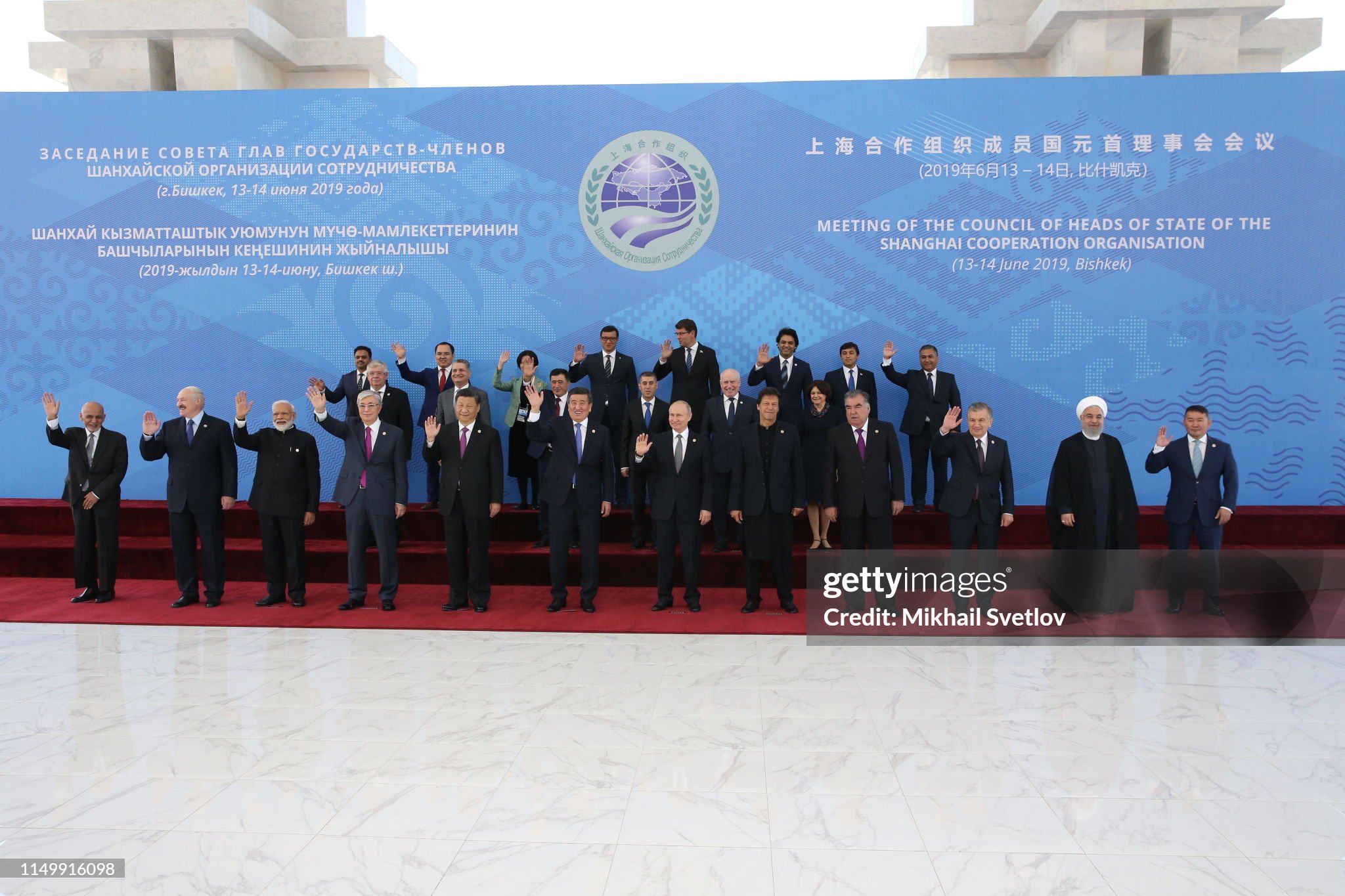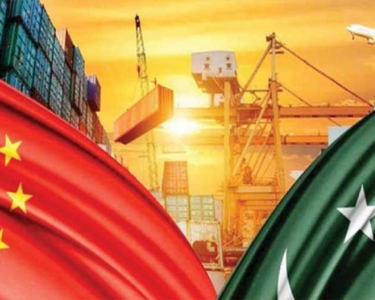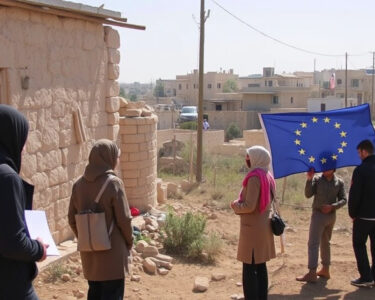Human Metapneumovirus (HMPV) is silently but rapidly spreading over countries like as China, India, and the United Kingdom when winter engulfs much of the Northern Hemisphere. Despite being relatively mild, this flu-like respiratory virus can be extremely dangerous for young children, the elderly, and people with weakened immune systems. Its return in the winter months is a reflection of the difficulties presented by the COVID-19 epidemic, which put the world’s fortitude and ingenuity to the ultimate test.
COVID-19 was a worldwide crisis. It made public health systems’ vulnerability clear and compelled governments to take drastic measures. The pandemic was an unusual catastrophe that forced nations to make difficult decisions, such as striking a balance between economic stability and public health, encouraging compliance in the face of uncertainty and panic, and enacting policies that frequently felt harsh. While not all nations achieved success, a few stood out as models of adaptability and resiliency. The experiences of countries like India, New Zealand, Australia, South Korea, Vietnam, Pakistan, and Taiwan serve as models for what may be accomplished via compassionate, creative, and resolute administration as the globe prepares for new viral threats.
India faced a particularly difficult task because of its enormous population and diversity. Under the leadership of Prime Minister Narendra Modi, the nation imposed one of the most stringent lockdowns in the world in March 2020. The goal of the first nationwide shutdown was to level the playing field and get the healthcare system ready for an unavoidable spike in cases. The economic and humanitarian consequences of the lockdown were high, especially for migrant workers, even if it helped curb the virus’s spread. However, India demonstrated its adaptability by later shifting its focus to vigorous vaccination efforts, limited containment zones, and utilising technology, such as the Aarogya Setu app for contact tracing. Under its “Vaccine Maitri” campaign, India emerged as a leading manufacturer of vaccines such as Covishield and Covaxin, vaccinating millions of people at home and exporting vaccines to other countries. India’s experience demonstrated how crucial strong healthcare systems and global collaboration are to pandemic management.
New Zealand was one of the few countries that tackled COVID-19 with such clarity and determination. Even before community transmission of the virus was proven, the nation acted quickly to close its borders in March 2020 under Prime Minister Jacinda Ardern’s leadership. The foundation of New Zealand’s “elimination strategy,” which sought to destroy the virus entirely rather than merely control it, was this early action. New Zealand’s strategy was audacious and unreservedly ambitious, involving extensive contact tracking, stringent testing, and a statewide lockdown that paralysed the entire nation. Citizens were united and trusted due to Ardern’s compassionate and open communication, which included daily briefings that provided reassurance in addition to developments. The success of New Zealand was not just due to geographic chance; rather, it was the consequence of strong leadership that put public health first. The nation’s low rates of infection and death continue to serve as evidence of the effectiveness of group efforts.
Despite being different, Australia’s route had just as much of an impact. Early in the pandemic, the federal government enforced mandatory quarantine and stringent border closures under Prime Minister Scott Morrison. However, Australia’s decentralised strategy was its real innovation. Because each state was given the freedom to create its own customised response, areas with lower case counts were spared needless limitations, while others, like Western Australia and Queensland, were able to respond quickly to epidemics. By giving businesses and employees vital financial support, the Job Keeper initiative helped lessen lockdowns’ economic impact. Despite some difficulties—such as Victoria’s protracted second wave—Australia showed that budgetary responsibility and adaptability could coexist throughout a crisis.
The reaction from South Korea was notable for its heavy focus on data and technology. The administration of President Moon Jae-in chose a methodical approach of digital contact tracking and mass testing over complete lockdowns. Nearly overnight, the government mobilized drive-through testing centers and tracked possible exposures using credit card records and mobile data. South Korea’s plan was centered on transparency, with officials offering daily sobering and educational updates. An exceptionally high degree of public trust and compliance was the outcome. The importance of open communication and technological preparation was highlighted by South Korea’s ability to suppress outbreaks, especially in heavily populated urban areas.
Vietnam demonstrated to the globe the value of prompt and forceful action in spite of its limited healthcare resources. Vietnam imposed quarantine, mass testing, and border closures well before COVID-19 was deemed a pandemic. The infection was stopped before it could spread by the government’s emphasis on targeted lockdowns and strong public health campaigns encouraging mask use and good hygiene. Nguyễn Phú Trọng and Nguyễn Xuân Phúc, the leaders of Vietnam, swiftly mobilised men and resources by drawing on the nation’s experience with SARS. Vietnam’s accomplishment served as a reminder that lack of resources is not a justification for inaction, in addition to being a victory for good administration.
Managing a pandemic in a nation with a vast informal economy and a shaky healthcare system was a particularly difficult task for Pakistan. The administration of Prime Minister Imran Khan implemented a “smart lockdown” approach in coordination with the military, led by General Qamar Javed Bajwa. Pakistan was able to achieve a delicate balance between economic survival and public health by permitting economic activity in less afflicted areas while restricting movement in high-risk areas. Millions of low-income households received vital assistance from the Ehsaas Program, a financial relief program that helped to lessen the pandemic’s negative economic effects. Inter-institutional coordination is crucial, as demonstrated by the military’s involvement in maintaining quarantine facilities, transporting supplies, and imposing lockdowns in rural areas. Despite its flaws, Pakistan’s strategy provided a useful lesson in flexibility and fortitude.
The tale of Taiwan is one of experience-based readiness. The island nation was prepared for the emergence of COVID-19 after enduring the SARS pandemic in 2003. Taiwan took decisive action under President Tsai Ing-wen, enforcing obligatory quarantines and travel bans for arriving travellers at an early stage. The government’s approach, supported by technology and a strong healthcare system, mostly depended on contact tracking. Nearly instantaneous normalisation of mask wearing and social separation ensured universal compliance. Importantly, Taiwan chose targeted and specific measures over broad lockdowns. Trust was further strengthened by open and honest communication and regular public updates. Taiwan’s success shown that the best defence against a health catastrophe is readiness, not fear.
The COVID-19 pandemic tested leadership, governance, and social cohesiveness in addition to medical knowledge. Successful nations prioritised public trust, communicated effectively, and took decisive action. Vietnam’s early interventions, South Korea’s technological innovation, and New Zealand’s compassionate leadership all highlighted the significance of prompt and focused action. At the same time, Australia’s economic assistance programs and Pakistan’s ingenious adjustments highlighted the need to strike a balance between economic stability and health. Taiwan’s focus on preparedness served as a reminder that being prepared is the best defence against a calamity.
The teachings of COVID-19 are still very applicable as the globe faces new issues like HMPV. The pandemic’s achievements and shortcomings provide a guide for the future. Community involvement, open communication, and proactive leadership are not merely tactics; they are necessities. When, not if, will be the next global health crisis. Our willingness to learn from the past will determine how well we react. The countries that fared well during COVID-19 have guided us. Whether the rest of the world will follow is the question now.




